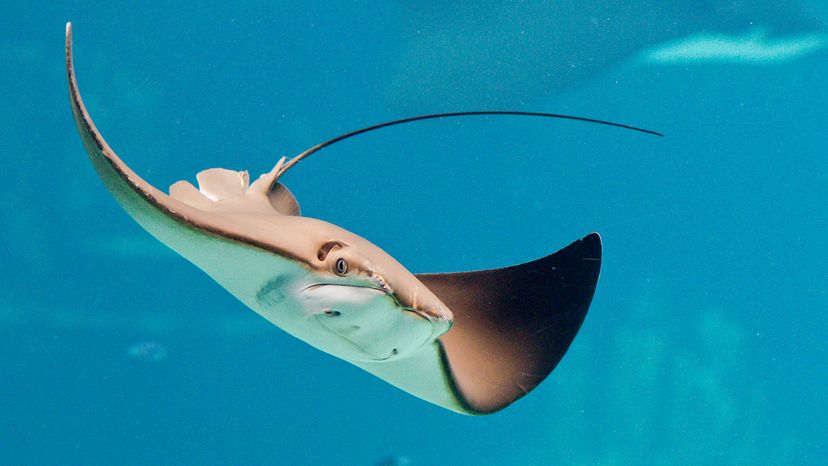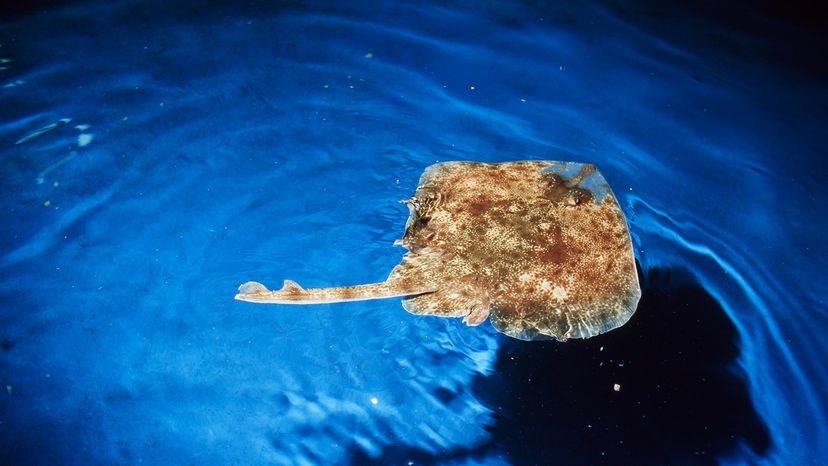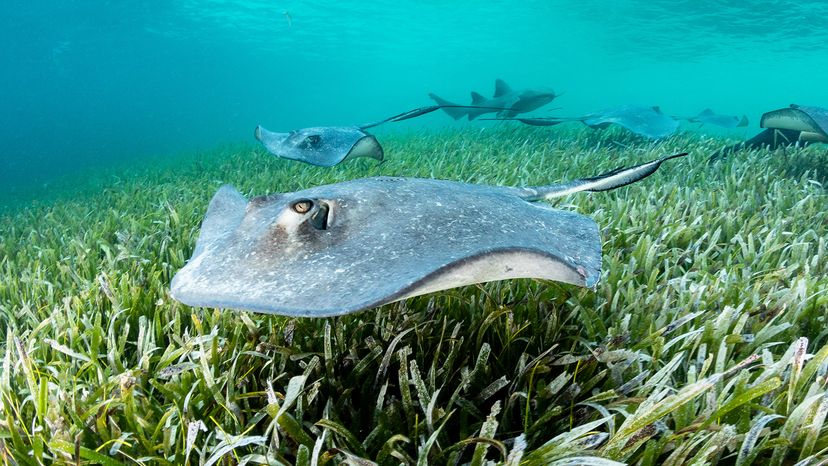
At first glance, skate fish vs. stingray confusion is extremely understandable. Both belong to the class Chondrichthyes, the group of cartilaginous fish that includes sharks. They share flat bodies, wing-like pectoral fins, and bottom-dwelling habits.
But the main differences between these closely related fish come down to tails, teeth, and how they reproduce.
Advertisement

